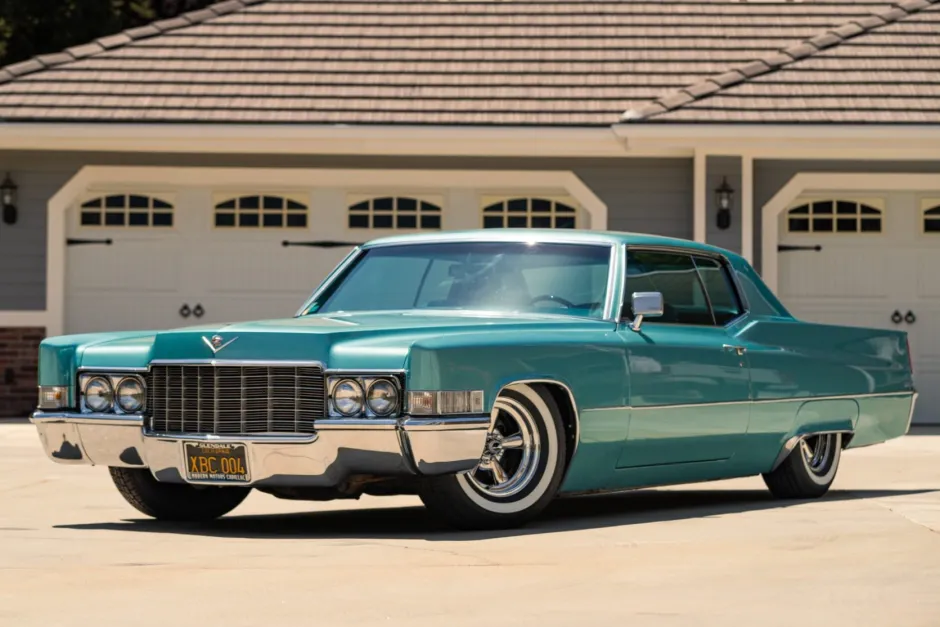The year 1969 was a significant one in the history of American muscle cars, and the Pontiac GTO Judge emerged as one of the most iconic and memorable vehicles of that era. With its distinctive appearance, powerful engine options, and a name that commanded respect, the 1969 Pontiac GTO Judge left an indelible mark on the automotive world. In this article, we will delve into the history, design, performance, and enduring legacy of this legendary classic car, which has become a symbol of the golden age of American automotive muscle.
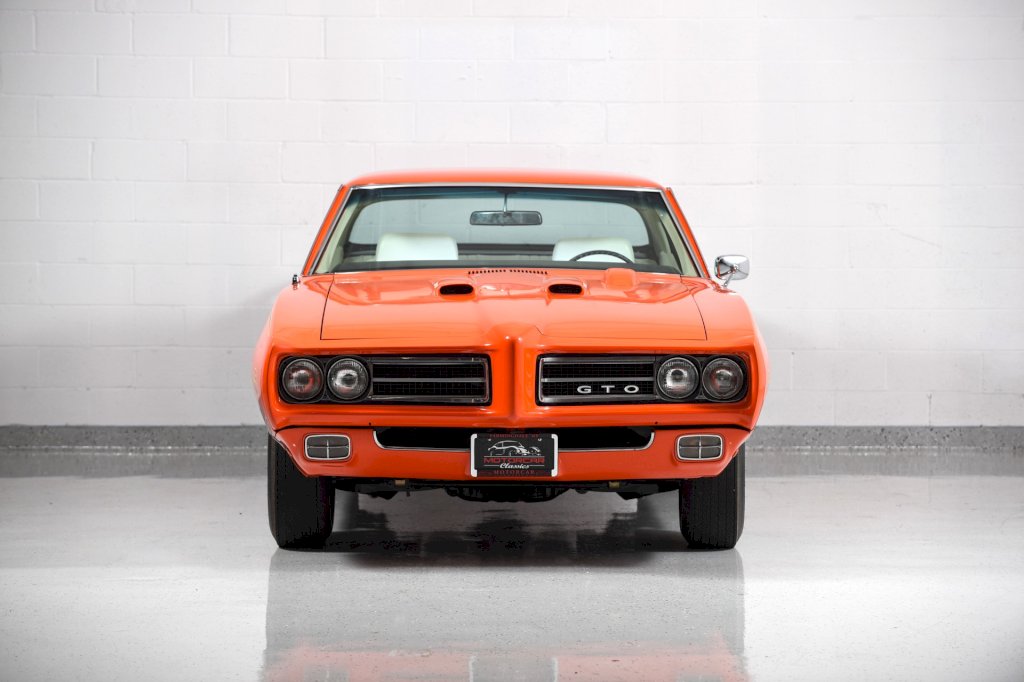
The Birth of a Legend
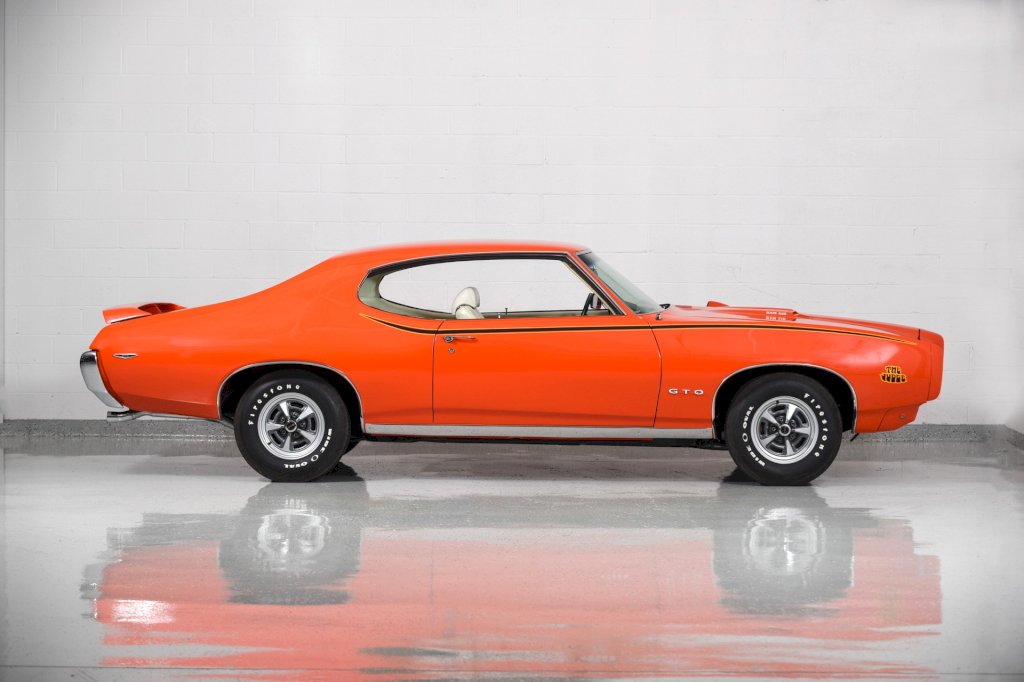
The Pontiac GTO, often referred to as the "Goat," had already established itself as a performance icon by the late 1960s. However, the 1969 GTO Judge was born out of a desire to offer a more aggressive and attention-grabbing variant of this already beloved muscle car. The name "Judge" itself was inspired by a popular catchphrase from the Rowan & Martin's Laugh-In television show: "Here comes da Judge!" This exclamation, used by comedian Sammy Davis Jr., perfectly encapsulated the commanding presence and authority of this new GTO model.
Design and Styling

The 1969 Pontiac GTO Judge was designed to stand out, both visually and in terms of performance. The exterior styling featured bold and distinctive elements that made it instantly recognizable. Key design elements included a split front grille with a protruding "Endura" bumper, a prominent "Judge" decal on the rear fenders, and a rear spoiler, all of which contributed to its unique and menacing appearance. Available in a variety of vibrant colors, the GTO Judge commanded attention wherever it went.
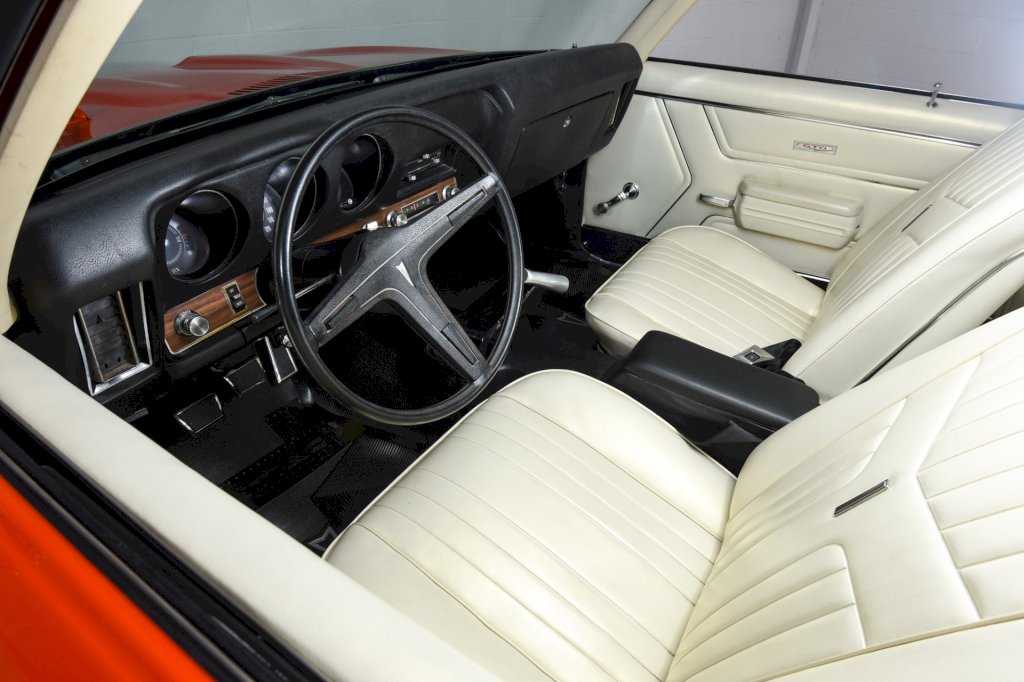
The interior of the GTO Judge was as striking as its exterior. Bucket seats, a three-spoke sports steering wheel, and a hood-mounted tachometer were all part of the standard package. Optional upgrades allowed buyers to further customize their interior with features like a console, woodgrain accents, and a Rally gauge cluster.
Under the Hood

One of the defining characteristics of the 1969 Pontiac GTO Judge was its exceptional performance. The Judge was offered with a range of potent V8 engines, allowing buyers to select the level of power that suited their desires and driving style. The base engine was a 400-cubic-inch V8 that produced 265 horsepower and 397 lb-ft of torque. However, the real stars of the show were the high-performance engine options, including the Ram Air III and Ram Air IV powerplants.
The Ram Air III engine was rated at 366 horsepower, while the Ram Air IV, a true powerhouse, generated a whopping 370 horsepower and 445 lb-ft of torque. These engines were known for their aggressive camshafts, high-flow cylinder heads, and an appetite for high-octane fuel. The Ram Air induction system, featuring functional hood scoops, added to the visual and performance appeal of the GTO Judge.
Performance on the Road
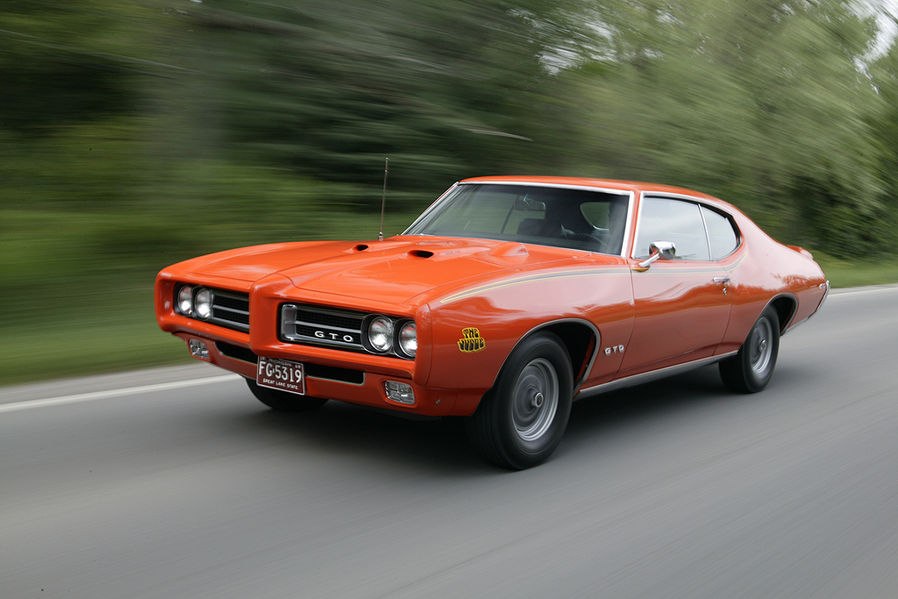
The 1969 Pontiac GTO Judge wasn't just a showpiece; it was built to perform on the open road and racetracks. Equipped with the potent Ram Air engines, the Judge was a force to be reckoned with. With the Ram Air IV engine and a four-speed manual transmission, the GTO Judge was capable of sprinting from 0 to 60 mph in just over 5 seconds and covering the quarter-mile in under 14 seconds. These performance figures were impressive for the time and cemented the Judge's reputation as a true muscle car.
Handling and suspension were also a focus, with heavy-duty components ensuring that the GTO Judge could handle its power. The ride was comfortable enough for daily driving, but the car truly shone when unleashed on the open road, allowing drivers to experience the raw power and excitement of American muscle.
Marketing and Advertising

Pontiac went to great lengths to market the GTO Judge, and their advertising campaigns played a significant role in creating the mystique and allure of this model. The marketing materials often featured colorful and attention-grabbing visuals, with slogans such as "All rise for The Judge" and "The Judge can be bought." These catchy phrases, combined with the Judge's aggressive styling, helped create a strong and memorable brand image.
The famous Carousel Red paint color was a signature feature of the GTO Judge, and it became synonymous with the model. This bold and vibrant hue further added to the car's distinctive appearance and appeal.
Pop Culture and Influence

The 1969 Pontiac GTO Judge didn't just leave a mark in the automotive world; it also had a lasting impact on popular culture. The car was featured in various films and television shows, further enhancing its status as a symbol of American muscle. It became a favorite of collectors, enthusiasts, and even musicians.
Perhaps one of the most famous references to the GTO Judge can be found in the song "Judge and Jury" by Foghat, released in 1974. The lyrics celebrated the car's reputation as a symbol of power and speed, immortalizing it in rock 'n' roll history.
Legacy and Collectibility

The legacy of the 1969 Pontiac GTO Judge endures to this day. It remains an iconic representation of the muscle car era, and it is highly sought after by collectors and enthusiasts. Its distinctive design, powerful engines, and unique personality make it a standout in the world of classic American cars.
Due to its limited production numbers and the passage of time, well-preserved GTO Judges have become increasingly rare and valuable. Restored examples often fetch high prices at auctions and are considered prized possessions in the garages of dedicated collectors.
Restoration and Preservation

Restoring a 1969 Pontiac GTO Judge to its former glory can be a labor of love, requiring attention to detail and a passion for preserving automotive history. Authenticity is key when restoring a GTO Judge, and many enthusiasts strive to replicate the original factory specifications, from the choice of paint color to the selection of period-correct parts.
Preserving the GTO Judge's originality and performance requires sourcing authentic parts and components, which can be a challenging task given the car's age and rarity. However, the dedication of collectors and restorers ensures that these legendary muscle cars continue to grace car shows and events around the world.
Conclusion

The 1969 Pontiac GTO Judge stands as a testament to an era when American muscle cars roared to life with style, power, and attitude. Its iconic design, formidable performance, and unforgettable marketing campaigns made it a beloved and enduring symbol of the muscle car era. The GTO Judge continues to captivate automotive enthusiasts, collectors, and those who appreciate the raw power and charisma of classic American muscle cars. As it approaches its 55th anniversary, the GTO Judge remains an icon of a bygone era, a reminder of the golden age of American automotive muscle.


